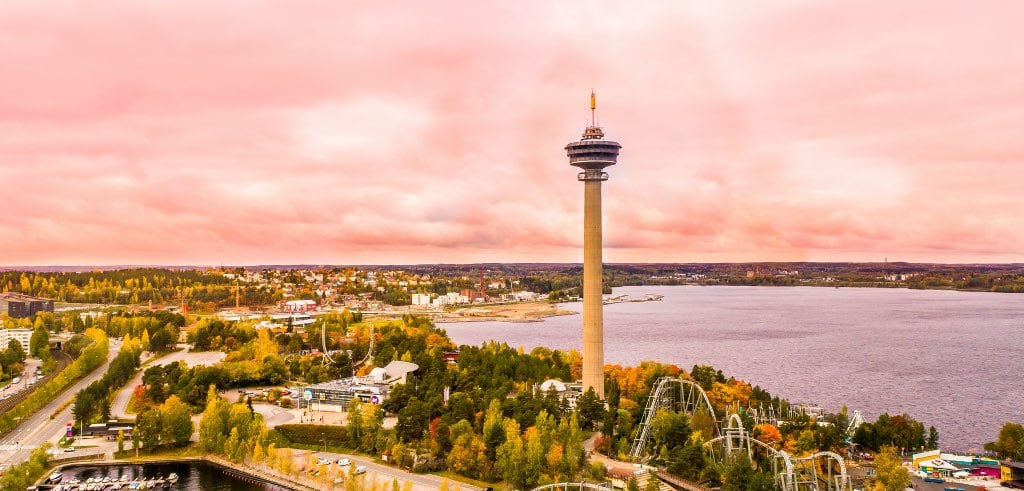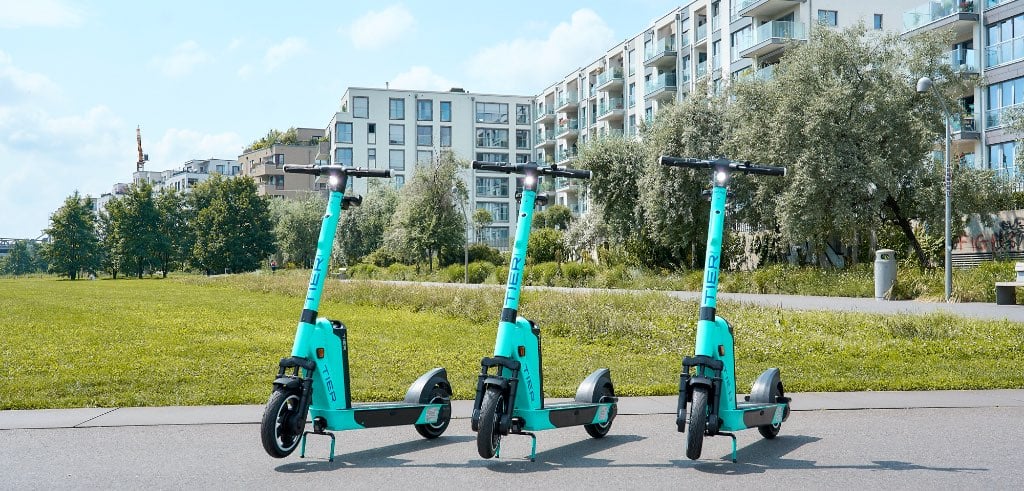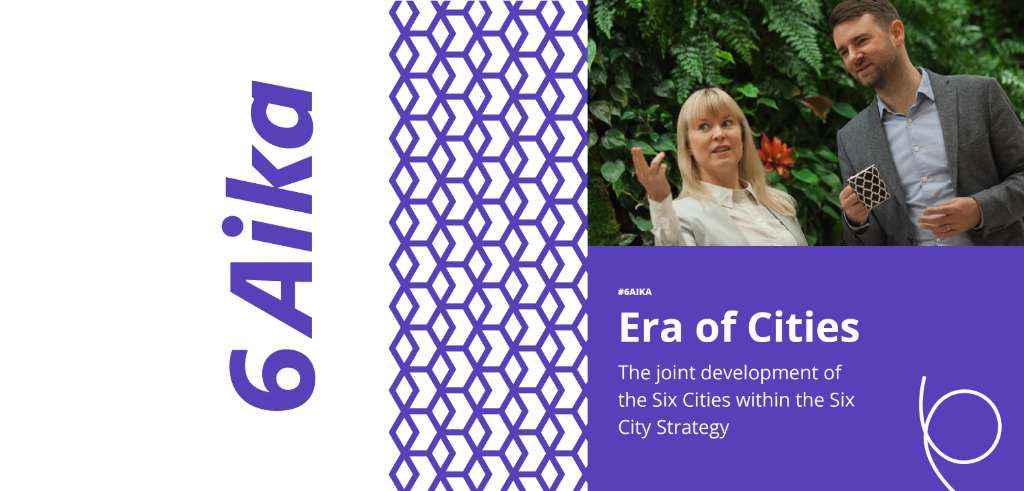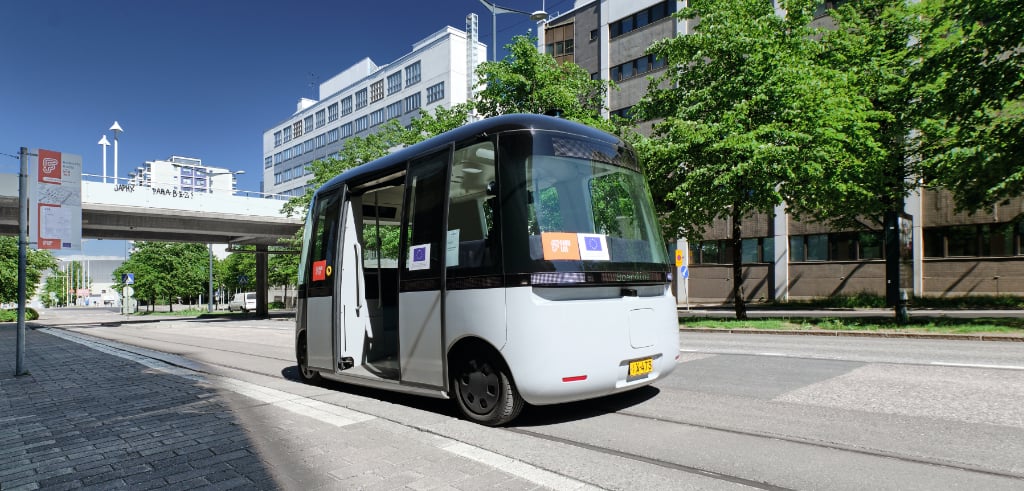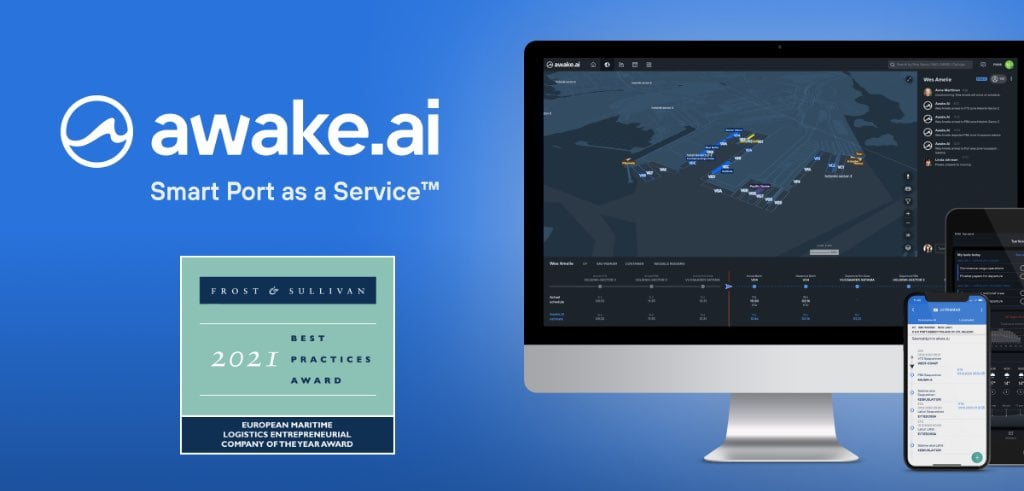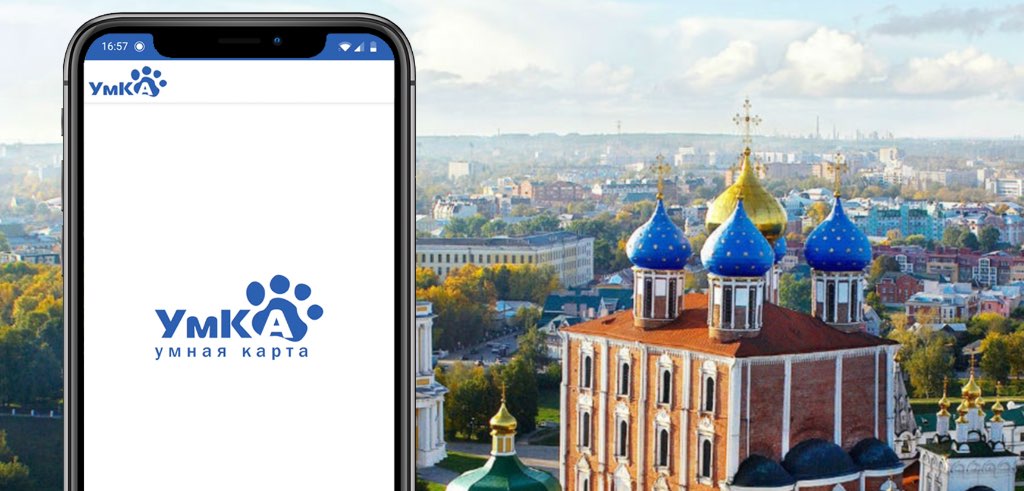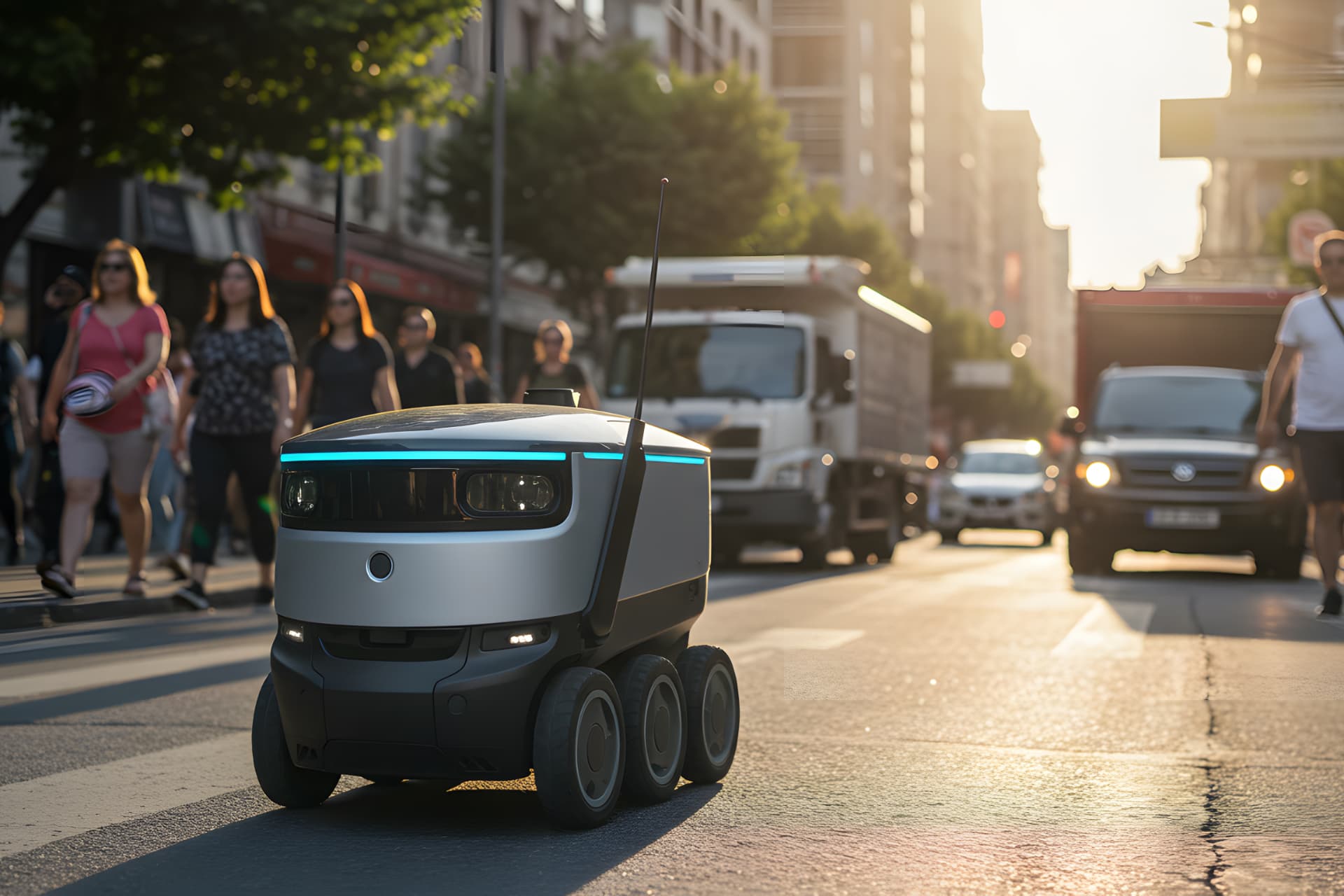
Using data to control traffic emissions in Vaasa
The City of Vaasa aims to reach carbon neutrality by the end of the 2020s. The target is tough – carbon emissions must be cut considerably and rapidly. With the recently launched Vaasa Traffic 202x project, the City of Vaasa, in collaboration with Ramboll, is developing a new tool to support climate management.
The Vaasa Traffic 202x project aims to produce up-to-date information concerning developments in transport performance and carbon emissions in the city of Vaasa. It also aims to lead design work and measures so that the ambitious carbon emission goals are achievable.
In Vaasa, carbon emissions have decreased by about 30 percent between 2011 and 2019, the most significant reductions coming from electricity consumption and district heating. The biggest challenge is in road transport, where emissions have fallen by only 10 percent over the same period.
– The Vaasa Traffic 202x project is very important for the city’s carbon neutrality goals. Presumably, the development of vehicle technology will provide some of the required emission reductions, but at the moment, no one can say whether the car fleet is being renewed fast enough or what measures are needed to increase the popularity of walking, cycling and public transport, says Jukka Talvi, Municipal Technology Director in Vaasa.
– With the help of the tool that is now being developed, we will study various scenarios to achieve the goal and implement a system that can be used to monitor developments. Another important aspect is making the emissions target visible to every Vaasa resident, Talvi continues.
The strategic traffic modelling utilised in the project aims to depict the effects of various land use and transport planning projects on future volumes of traffic, the use of different modes of transport and CO2 emissions.
– The development project with the City of Vaasa is interesting for many reasons. The project fits well with Ramboll’s commitment to lead the way in sustainable development solutions. On the other hand, combining real-time data sources with strategic traffic modelling is an interesting development target that will enable new applications in the future, says Teemu Sihvola, Ramboll’s project manager.
Because of its accuracy, the BRUTUS traffic demand simulation model developed by Ramboll is very suitable for modelling sustainable modes of transport. The individual nature of the model allows the impact to be assessed in terms of socio-economic factors.
The project, funded by the Ministry of the Environment, is being implemented as a joint development project between the City of Vaasa and Ramboll, which is also co-financing the project. In the project, both new technology and a product with international novelty value are being developed. The monitoring group also includes parties from other parts of Finland.
Picture credit: Chrisfoffer Björklund:

